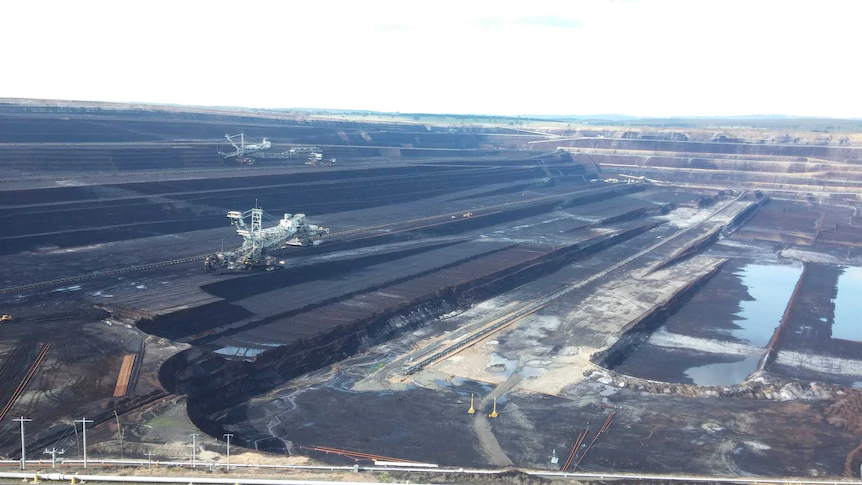
HESC:维多利亚州褐煤开始制氢:CarbonNet项目
[路透社3月12日,墨尔本]
KHI /澳日合资企业:
在澳大利亚维多利亚州的褐煤中生产氢气,
打算运送到日本
5亿澳元(3.87亿美元)的示范实验项目。
3月12日,它宣布“日澳风投公司已开始生产氢气”。
开始制氢:
日本川崎重工正在获得日本和澳大利亚政府的财政支持。
维多利亚占世界已探明褐煤储量的四分之一。
这个项目:
产生的氢是
带到港口基地,
液化出口。
之后,它将被装载到由川崎重工制造的世界上第一台液化氢载体上。
澳大利亚氢工程:
他说:“到2021年中,如果液化氢开始运输,全世界的目光都将注视维多利亚。”
该项目的澳大利亚合作伙伴:
电力开发(J Power),
岩谷株式会社
丸红
住友商事株式会社
澳大利亚AGL能源,
路透社
https://jp.reuters.com/article/australia-hydrogen-kawasaki-heavy-idJPKBN2B40BK
Major Milestone for Victoria’s World-First Hydrogen Project Latrobe Valley, Victoria:
The Hydrogen Energy Supply Chain (HESC) Pilot Project
today announced the commencement of operations at both Victorian sites of its world-first integrated supply chain.
HESC Project Partners, together with the Australian, Victorian, and Japanese Governments and distinguished guests
today marked both milestone at the gasification and gas refining facility in the Latrobe Valley.
The HESC Pilot
is developing a complete hydrogen supply chain, creating hydrogen gas via the gasification of Latrobe Valley coal,
transport to the Port of Hastings for liquefaction, and shipment to Japan.
The commencement of the Australian arm of operations, using Latrobe Valley coal to produce hydrogen,
is a world first and a great leap forward for the country’s ambition to be a key player in the emerging global hydrogen economy.
The HESC Pilot
is being delivered by a consortium of experienced industry partners from Japan and Australia including
Kawasaki Heavy Industries,
J-POWER,
Iwatani Corporation,
Marubeni Corporation,
AGL and Sumitomo Corporation,
supported by the Victorian, Australian and Japanese Governments.
Hirofumi Kawazoe, from Hydrogen Engineering Australia (Kawasaki’s subsidiary company based in Melbourne),
said the progress of the HESC Pilot places Victoria and Australia at the forefront of the global energy transition to lower emissions via the fuel of the future, clean hydrogen.
The next major HESC Pilot development
will be the first shipment of hydrogen between Australia and Japan, aboard the world’s first purpose-built liquefied hydrogen carrier, the Suiso Frontier.
The eyes of the world
will be on Victoria, when shipments of liquefied hydrogen commence this year,” Mr Kawazoe said.
The HESC Pilot
is proving it is possible to take Latrobe Valley coal and safely produce and transport hydrogen.
It is yielding data and insights that feed into the pathway to commercialisation.
Jeremy Stone from J-POWER Latrobe Valley
said the HESC Pilot has created approximately 400 jobs across the Victorian supply chain.
“A commercial-scale HESC can leverage and build local skills, potentially creating thousands of jobs.
This will include long-term employment in a new clean energy industry for the people of Gippsland,” Mr Stone said.
“Latrobe Valley has a proud history powering Australia and today we celebrate the next generation of energy technology in the region.”
The Victorian and Commonwealth Governments’ CarbonNet Project
is developing in parallel with HESC and is essential for the hydrogen pilot’s commercialisation.
If both projects are commercialised, CO2 captured during hydrogen production
would be transported and stored by CarbonNet using carbon capture and storage (CCS) technology.
Rather than entering the atmosphere, CO2 emissions will be safely stored in rocks 1.5 kilometres beneath Bass Strait,
similar to the way oil and gas has been trapped naturally for millions of years.
A commercial-scale HESC project could produce 225,000 tonnes of clean hydrogen annually with carbon capture and storage.
“We estimate our project could reduce CO2 emissions by 1.8 million tonnes per year, equivalent to the emissions of some 350,000 petrol cars, Mr Stone said.
Victorian Minister for Economic Development Tim Pallas says:
“This project has the potential to provide clean hydrogen for Victorians, as well as kick-start the emergence of a new, global export industry with huge local jobs and economic benefits.”
The HESC Project
will also help develop the infrastructure and highly skilled workers that are crucial ingredients for the emergence of an Australian hydrogen industry.